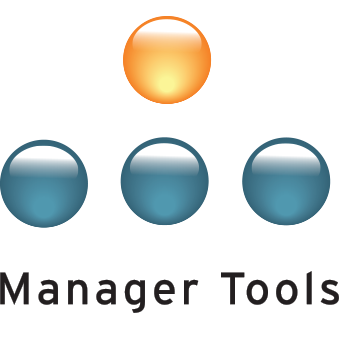![]() Submitted by scottm on
Submitted by scottm on
in
Forums
I am going to be attending a "Situational Leadership" trainning course that the company I work for has as part of the management & leadership trainning. I'm not sure what situational leadership really means and wanted get other's opinions. Can anyone give me an idea of what this is all about?



Situational Leadership
Situational Leadership is an exception - a solid class well worth your time. It basically divides directs into 4 categories based on their skill and will (or experience or something...it's been a while) and then recommends different - "situational" - approaches to each of the groups. It's good.
Mark
Situational Leadership
Situational Leadership is a model devised by Ken Blanchard. The short explanation is that every employee develops based on their level of commitment and competence and that leaders should adapt their leadership style accordingly.
The employee development styles are:
1. Low Competence, High Commitment
2. Some Competence, Low Commitment
3. High Competence, Variable Commitment
4. High Competence, High Commitment
The leadership styles are:
1. Directing.
2. Coaching
3. Supporting
4. Delegating
The model suggests that the leadership style must correspond to the development style and it is the leader who must adapt their style
Enjoy the training
Edmund
Situational Leadership
A component of Situational leadership theory is the four stages of development of individuals (D1-D4). The focus is on the followers developmental level as they are the ones who either accept or reject a leader. If you know the developmental level of your staff you can then adapt your leadership style as discussed by Edmund to manage/motivate them.
For example at D1, people are both unable and unwilling to take responsibility for their own actions. You as a leader may then decide to use a more directive approach and tell them what, when and how to perform a task as at this stage they need clear and specific instructions.
I reckon it will be a very useful course. Enjoy!
thanks
The class was pretty much exactly what everyone said it was. They did not really point out that is was an exception - I think I agree with this point though. It seems like an effective way to deal with specific situations (thus the name), rather than an overall approach. Useful techniques to apply when necessary. thanks for the all the replies.
I know this is an old thread,
I know this is an old thread, but wanted to comment on a couple of things in case someone coming upon this thread could make use of them.
1- the exception remark. I believe that Mark's comment about "this is an exception" might have been miscontrued. I believe it is an exception to the general practice at M-T to not recommend others' training events. As I read Scott's remarks, he took the comment and therefore the course as being something to deal with exceptions only and not everyday events.
2- My take on Situational Leadership II (SLII) - this is useful all the time - with directs, with peers, with your family, with yourself. The presumption of SLII is that every individual with every task is at a different state with regard to skills for the task (competancy) and motivation for the task (commitment). Where a person is with the task for committment and competancy- High, Low or variable - dictates the kind of leadership style(s) that are appropriate - directing, supporting, both, neither.
My organization offered CBT courses for all managers on SLII and I thought it was very good. Leadership and the One Minute Manger is a good book on the subject if you cannot attend training. It is a fable book - but one that works to get the points across. I'd also recommend Leading at a Higher Level as a follow-up - this one is not a fable format and is a good book on leadership that includes One Minute Manger andSLII principles in the mix.
Lisa
Links:
http://www.amazon.com/Leadership-One-Minute-Manager-Blanchard/dp/0007103417
http://www.amazon.com/Leading-Higher-Level-Revised-Expanded/dp/013701170...